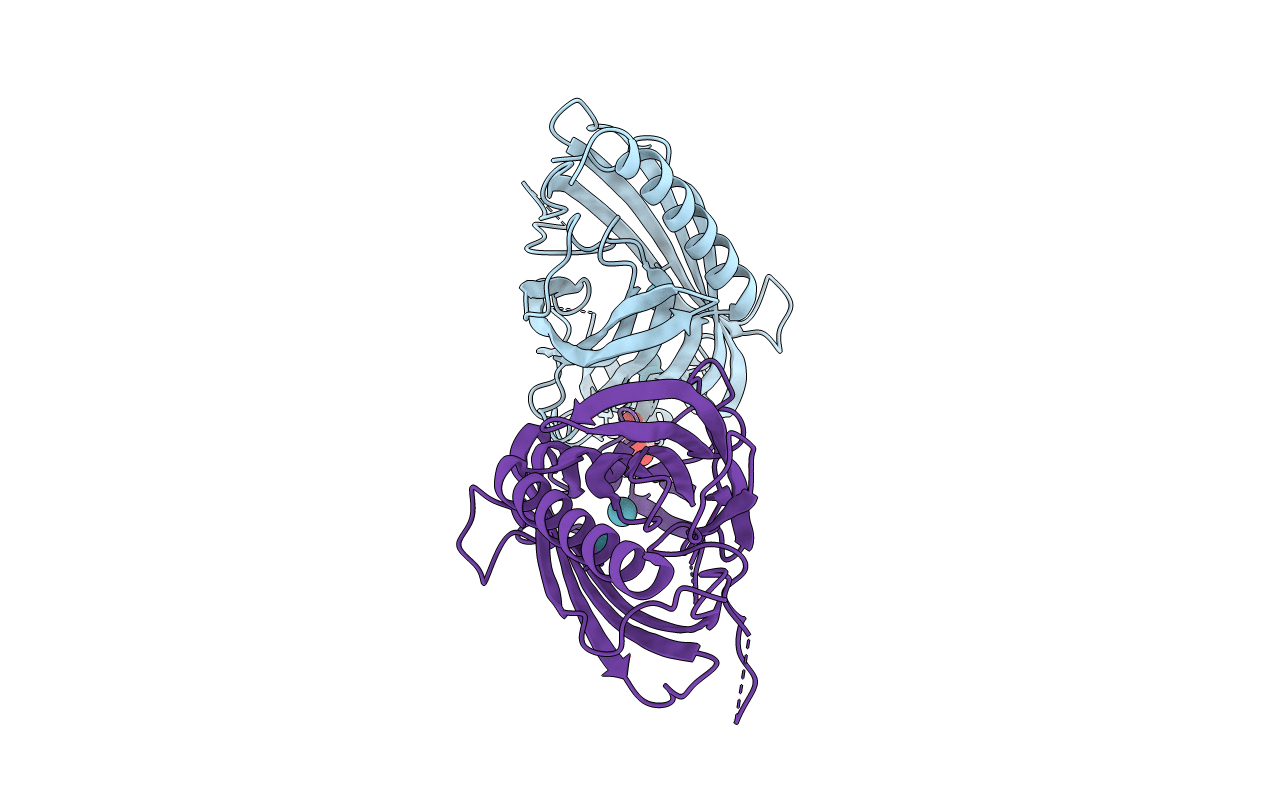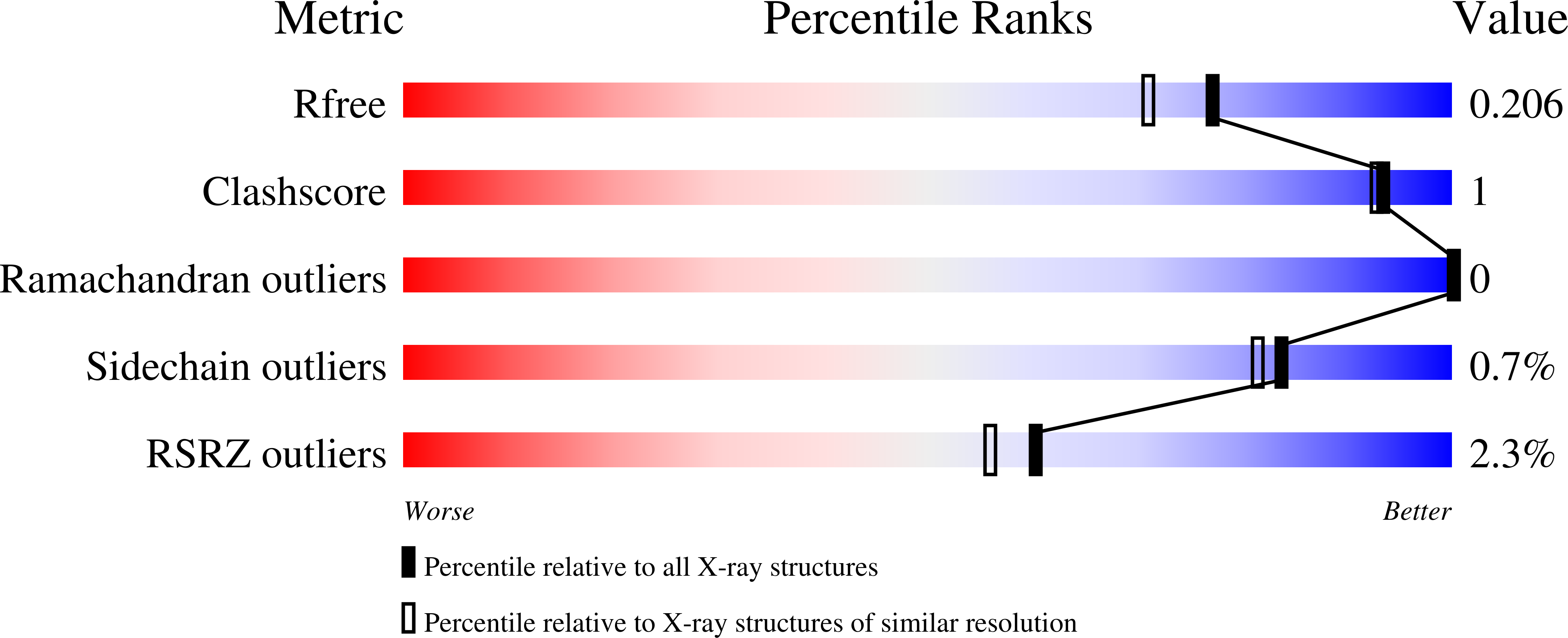
Deposition Date
2021-10-11
Release Date
2022-04-13
Last Version Date
2023-10-18
Entry Detail
PDB ID:
7SHW
Keywords:
Title:
Crystal structure of Mycobacterium smegmatis LmcA with xenon
Biological Source:
Source Organism:
Mycolicibacterium smegmatis (Taxon ID: 1772)
Host Organism:
Method Details:
Experimental Method:
Resolution:
1.79 Å
R-Value Free:
0.21
R-Value Work:
0.19
R-Value Observed:
0.19
Space Group:
P 1


